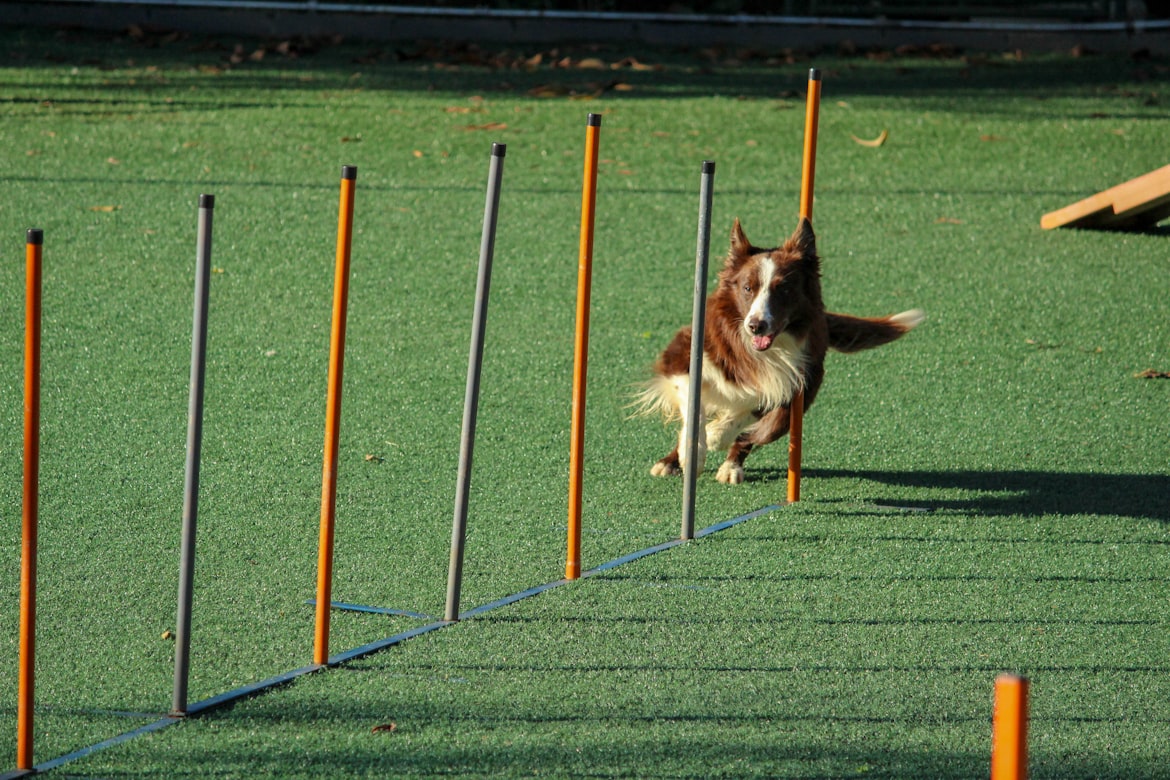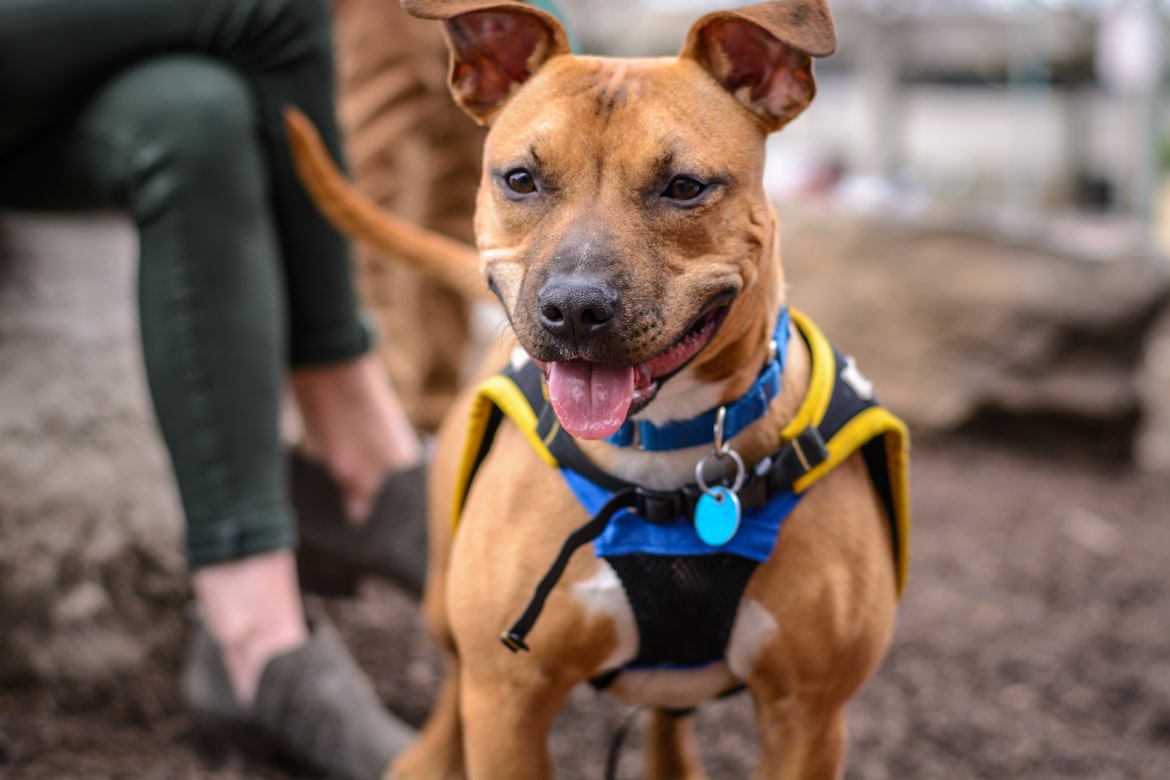One of the most rewarding feelings in the world is bonding with an adorable puppy and watching them grow into a loyal member of your family. However, if you’re inexperienced at dog training, there’s nothing more frustrating than not being able to communicate with your pup and trying to figure out why they’re misbehaving. This guide will help you get off on the right paw and train your dog quickly and effectively with these top 10 tips for training your dog from the start.
1) Invest in training

Training can be very expensive, but it is well worth the investment. The sooner you start training your dog, the quicker they will learn and the less likely they are to develop bad habits. In addition, good training will help your dog maintain their health by reducing anxiety or becoming destructive from boredom. If you’re considering getting a new puppy, please plan ahead and invest in some quality training classes. It will save you time and money in the long run!
2) Train Your Dog Early on
The earlier you start training your dog, the easier it will be and the less likely they will be to develop bad habits. If you have a new puppy in the house, there are some things you can do to get them off on the right paw.
3) Get Plenty of Exercise

Exercising your dog is a great way to bond with them and keep them healthy. Make sure you give them at least 30 minutes of exercise per day, which can include a walk or playing fetch in your backyard. This will help tire out your pup so they’ll be more likely to sleep soundly through the night.
4) Rewards Make All the Difference
Rewards are the key ingredient in any successful training program. They tell your dog what behavior you want, when you want it and how often. It’s important to be consistent with your rewards – never give a reward for one thing and not another. Rewards also need to be appropriate for the level of difficulty. If your dog is new, use food as a reward, but as they get more advanced and learning becomes more complicated, you’ll need other rewards such as toys, playtime or walks.
5) Enroll in a Training Class

Find a training class in your area. The classes will help you learn the basics of training and socializing your pup. You’ll also meet people who can help answer any questions or give advice for your specific situation. Most importantly, it will give you an opportunity to work with an experienced trainer so that you can gain insight into what needs work when you’re on your own.
Maintain Control Over Your Pup’s Leash: Remember, control is key! While taking him outside, keep hold of his leash at all times; it helps avoid unwanted accidents indoors.
6) Choose an Easy Command First
One of the best commands that can help you with training your dog is sit. While it’s good for a dog to learn down, stay, and come, it’s really important for them to know how to sit before anything else. The best way for a dog to learn this command is by using food as a reward.
7) Focus on Potty Training First, Then Stay-Training

It’s always best to start training your dog when they’re young, but even if you have an older pup, there are still plenty of ways you can teach them new tricks. One of the most important is potty training. You want your dog to understand that going outside is where they’re going to go do their business, not inside on the floor or in your favorite shoes.
8) Dogs Need Mental Stimulation
Dogs need mental stimulation just as much as they need physical exercise and it can be tough for a dog owner who has a full time job. Mental stimulation for dogs includes any activity that requires the dog to think in order to get what he wants from the situation. Examples of mental stimulation include training, chasing his tail or playing with other dogs. A bored dog will find ways to entertain himself, often times not in ways you’ll approve of.
9) Hire A Professional Trainer If Necessary

Hiring a professional trainer will set you up for success from the very beginning. If you’re unsure about how to train your pup, hire someone who does. You’ll find that there are different methods for training dogs and what works for one may not work for all. And if you don’t have the time or patience, get help!
10) Be Patient!
It can be frustrating when your puppy doesn’t seem to be getting it. But remember, they are learning new things every day and their understanding of the world is rapidly expanding! Be patient and don’t give up on them. They will catch on eventually.
